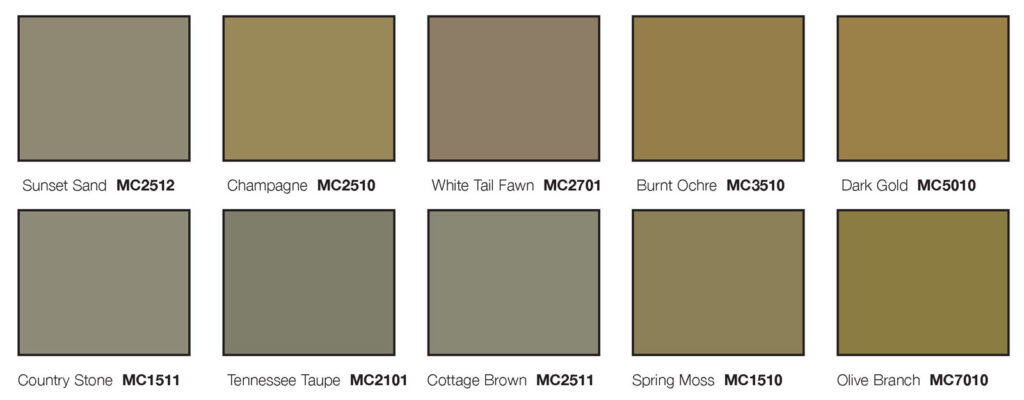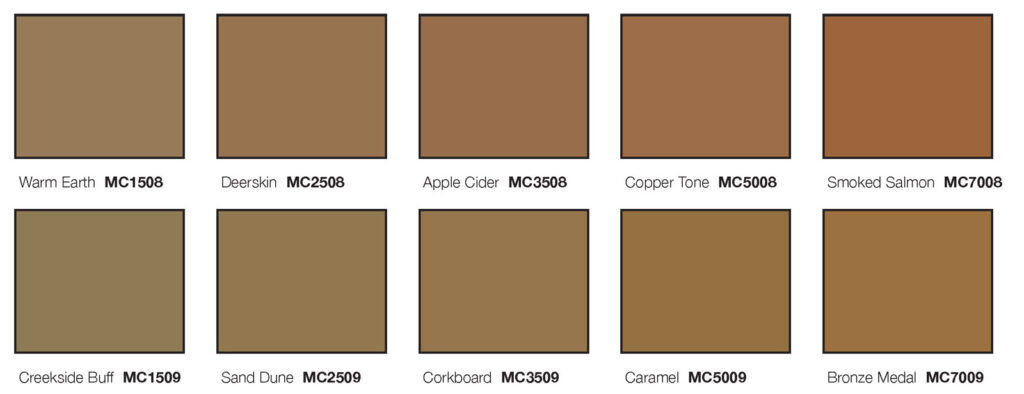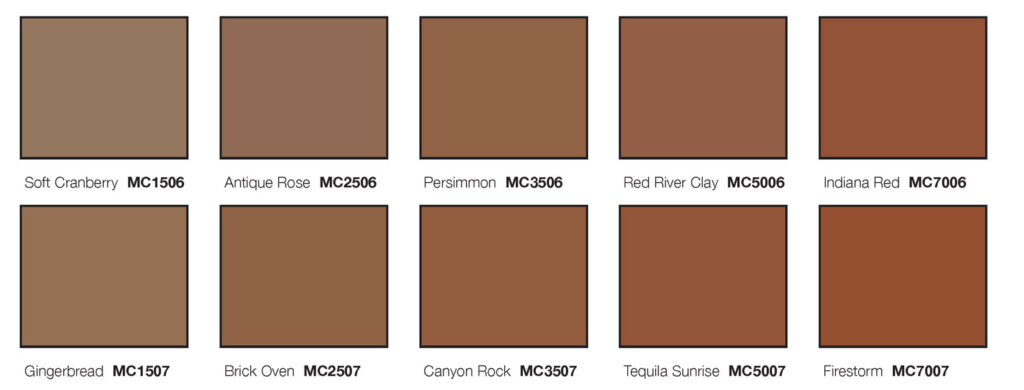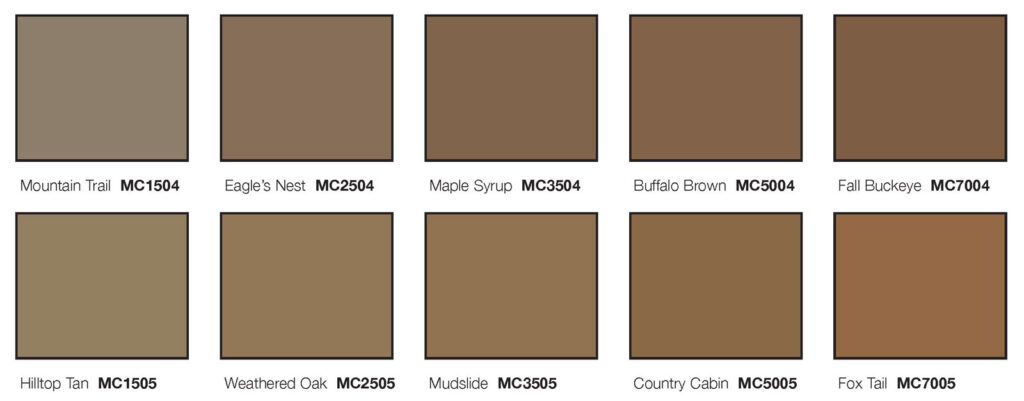Eco Concrete Company are your concrete finishing experts.
Concrete is a versatile material with variety of practical and decorative purposes. Whether modern or traditional, concrete can be manipulated to fit whatever style best suits you and your home. Concrete is quickly becoming the material of choice for homeowners who want to avoid the maintenance that comes with natural wood or landscaping. Durable and low maintenance, concrete offers a cost-effective alternative for making attractive patios, walkways, driveways, and more. We offer a wide range of residential services, ranging from walkways to interior slabs.
Today there are multiple choices for finishing your concrete. We can make your concrete patio, driveway, or walkway look like stone, brick, or wood. Contact us today and schedule a consultation. Our consultations are 90 minutes, and we come to your location, where we listen to your concrete goals and create a plan that will add value to your home.














